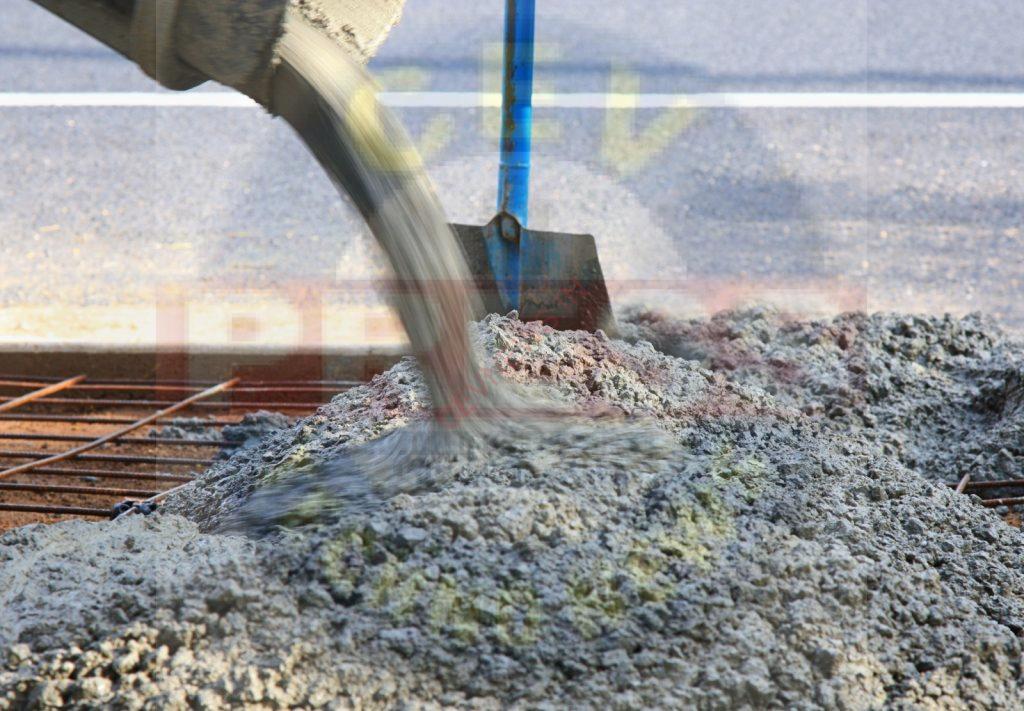SELF COMPACTING CONCRETE –ALL YOU NEED TO KNOW
Self-compacting concrete, also known as self-consolidating concrete, is characterized by its high fluidity. Thanks to this property, it spreads into concrete formwork with no need for vibration equipment. This non-segregating concrete is distributed by its own weight, while maintaining the properties of regular concrete, such as durability and strength.
Some self-compacting concrete mixtures include admixtures like superplasticizer and viscosity modifiers to reduce bleeding and segregation. When concrete segregates, it loses strength and results in honeycombed areas throughout the surface. However, a well designed self-compacting concrete will not segregate thanks to its plasticity and stability.
Materials Used for Self Compacting Concrete
- Cement Ordinary Portland cement either 43 or 53 grade cement can be used.
- Aggregates The size of the aggregates used for SCC design is limited to 20mm. If the reinforcement employed for the structure is congested, the aggregate size used can be in the range 10 to 12mm. Well graded aggregates either round or cubical shape are a best choice. The fine aggregates used in SCC can be either natural aggregates or manufactured aggregates (M- Sand) with a uniform grade. The fine aggregates with particle size less than 0.125mm are generally employed.
- Water The quality of water used is same that followed for reinforced concrete and prestressed concrete construction.
- Mineral Admixtures This may vary according to the mix design and the properties required. Below is a list of the different mineral admixtures used, and the properties they provide to the concrete mixture:
- Fly ash Used to improve the filling of the internal concrete matrix, resulting in fewer pores. This reduces permeability and improves the quality of structures.
- Ground granulated blast furnace slag (GGBS): GGBS helps improve the rheological properties of concrete.
- Stone Powder: Incorporated to improve the powder content of the mixture.
- Silica Fumes: Used to improve the mechanical properties of the structure.
Chemical Admixtures: As mentioned before, superplasticizers are commonly used in self-compacting concrete. Air entraining agents are used to improve the freezing and thawing resistance of the structure. Retarders are employed to control the setting time of concrete.
Applications of Self-Compacting Concrete
The main applications of this type of concrete are the following:
- Construction of raft and pile foundations
- Retrofittingand repairing constructions
- Structures with complex reinforcement distributions
- Construction of earth retaining systems
- Drilled shafts
- Columns
Advantages of Self-Compacting Concrete:
- Faster construction and requires less manpower reduce the overall cost of production.
- Self-compacting concrete can be placed easily in complicated formwork and dense reinforcement.
- It is super workable due to its low water-cement ratio, which gives rapid strength development, more durability, and best quality.
- As it is self-compacted there is no need to use any vibrator.
- Bleeding and segregation problems are almost nil.
- It produces a smooth and well-finished surface at the end of concreting.
- 7.Thinner concrete slabs can be cast easily.
- Working procedure is totally safe.
- It is environment-friendly.
Disadvantages of Self-Compacting Concrete:
As with any construction material, self-compacting concrete faces the following limitations:
- Material selection is more strict.
- Construction costsincrease, compared with regular concrete.
- Many trial batches and laboratory tests are required to use a designed mixture.
- Higher precision is required when measuring and monitoring.
- There is no internationally accepted test standard for self-compacting concrete mix.

